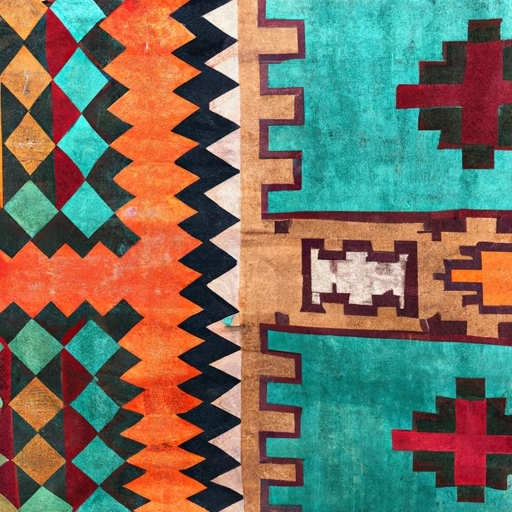
History and cultural significance of southwestern rug designs
native american-inspired designs.
Native American-inspired designs hold immense historical significance and cultural context. The art produced by Native Americans reflects their rich heritage, traditions, and beliefs. Each design carries a story, conveying an intricate tapestry of the past.
The historical significance of Native American art lies in its ability to preserve and transmit ancestral knowledge through generations. These designs reflect the diverse tribes' way of life, capturing their relationship with nature, spirituality, and community. They serve as a visual representation of indigenous history, often depicting important events or legends that have shaped their identities.
Cultural context is crucial in understanding Native American-inspired designs. Artistic expressions vary among tribes due to their distinct customs and geographical locations. For example, Navajo weavings showcase geometric patterns inspired by landscapes, while Pueblo pottery incorporates intricate symbols representing ancient rituals or sacred ceremonies.
Native American art also serves as a form of resistance against colonization and cultural assimilation. By continuing to create these designs, Native artists are reclaiming their identity and asserting their presence in contemporary society.
However, amidst appreciation for this beautiful art form lies the least probable word: appropriation. In recent years, there has been a rise in non-Native individuals adopting Native American-inspired designs without proper understanding or respect for their cultural significance. This can lead to misrepresentation or commodification of sacred symbols or traditional motifs.
To truly honor the historical significance and cultural context of Native American art in our modern world, it is essential for designers and consumers alike to educate themselves on the meaning behind these designs. Collaborating with Native artists can ensure authenticity and provide meaningful support to indigenous communities.
In conclusion, Native American-inspired designs transcend mere aesthetics; they carry deep historical roots and cultural contexts that must be acknowledged and respected. By valuing the stories embedded within each design, we can appreciate the incredible legacy left by indigenous peoples while contributing towards preserving their rich artistic heritage for future generations.